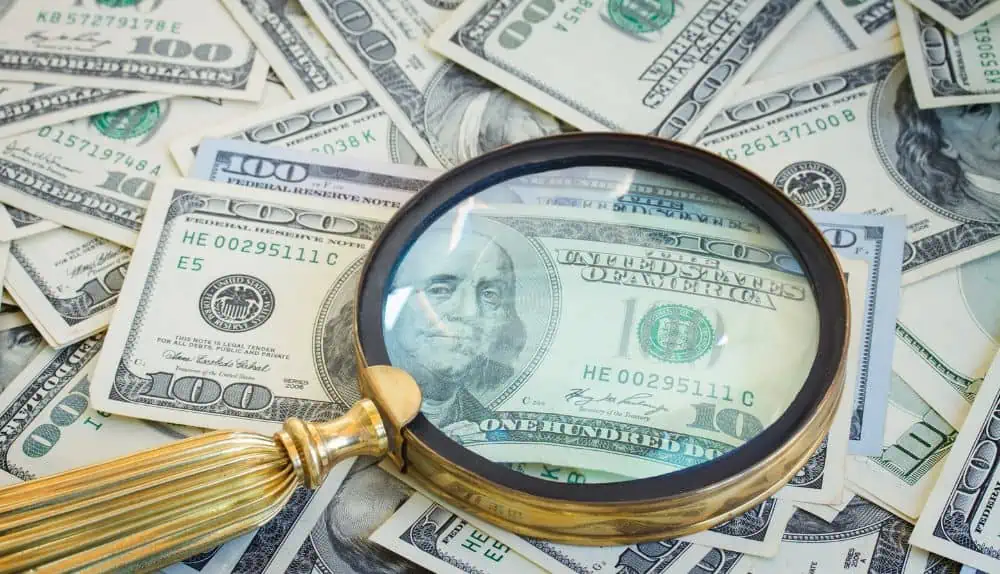Checking Out Legitimate Networks to Acquisition Funny Money for Sale
Checking Out Legitimate Networks to Acquisition Funny Money for Sale
Blog Article
Discover usings Funny Money in Artistic Creations and Theatrical Performances
Funny money, frequently synonymous with deceptiveness and illegality, holds a peculiar allure when it locates its way right into the world of staged performances and artistic productions. Its history is laden with intricate stories that have inspired artists to include these replicas right into their works. From the aesthetic arts to the dramatic stage, copyright money has been utilized in intriguing means that challenge assumptions and provoke idea. As we dive right into the complex uses of phony cash in these innovative domain names, we begin to reveal a world where authenticity and replica blur, prompting us to examine the actual nature of value and representation within art and efficiency.

Historical Significance of Funny Money in Art
The historic relevance of funny money in art is a complicated and appealing subject that clarifies the intersection of creativity, subversion, and socio-political discourse. Throughout background, musicians have used funny money as a device for challenging social norms, examining the value of currency, and making effective statements regarding riches and power.
One of the most remarkable instances of fake cash in art days back to the Dada movement of the very early 20th century - copyright money for sale. Artists such as Marcel Duchamp and Hannah Höch incorporated phony currency right into their works to slam the capitalist system and discover the principle of value in a rapidly altering world
In addition, throughout times of economic instability or political turmoil, imitation cash has been used by musicians as a type of objection or disobedience. By developing and distributing copyright, artists have actually been able to interfere with the condition quo, challenge authority, and prompt vital conversations regarding the role of cash in culture.
Effect of Imitation Currency on Visual Arts
By incorporating phony money right into their jobs, musicians provoke conversations on the nature of worth, credibility, and social assumptions of wealth. The usage of copyright in art also raises ethical factors to consider regarding the limits of artistic expression and the implications of duplicating lawful tender. In general, the effect of phony money on aesthetic arts is diverse, boosting crucial reflections on the crossway of cash, art, and social worths.
Importance and Definition in Theatrical Fake Displays
Making use of theatrical copyright displays, artists use symbolic depictions to communicate much deeper definitions and stimulate provocative analyses within the realm of efficiency art. Through the consolidation of copyright in staged productions, makers can explore motifs such as greed, power, corruption, and the illusion of wide range. Making use of phony currency on stage can act as a metaphor for social problems, economic variations, and the delicacy of financial systems.
In theatrical efficiencies, the symbolic value of copyright cash prolongs beyond its monetary worth. It can represent the deceitful nature of looks, the search of materialistic needs, and the effects of unethical actions. By making use of phony money Get More Information as a prop, artists can test audiences to examine truth meaning of wide range and the honest limits that individuals may cross in its search.
Ethical Factors To Consider in operation copyright Cash for Art

One major honest factor to consider is the possible legal repercussions of utilizing funny money in art. Counterfeiting currency is illegal in the majority of countries and can result in serious effects for artists that intentionally integrate imitation expenses into their job. copyright money for sale. This not only puts the artist in danger yet also raises concerns concerning promoting prohibited activities with art
In addition, there is an ethical problem pertaining to the authenticity of the artwork itself. Utilizing funny money obscures the line in between reality and imitation, potentially deceiving viewers and jeopardizing the integrity of the imaginative item. Artists should take into consideration whether using funny money lines up with their worths and creative objectives, considering the prospective effect on their credibility and reliability.
Future Fads in Funny Money Integration
Taking into consideration the developing landscape of creative expression, the consolidation of fake cash in innovative jobs might witness a change towards innovative and provocative methods. As artists remain to push borders and discover new mediums, copyright money can progressively be made use of to challenge societal norms, question the worth of currency, or make powerful declarations regarding wide range and consumerism.
One future trend in phony money combination can be its utilization in immersive art installments where audiences are urged to interact with the items, obscuring the lines between truth and illusion. Additionally, innovations in technology may lead to the creation of hyper-realistic funny money that is essentially identical from authentic money, opening possibilities for much more in-depth and elaborate art work.
Additionally, partnerships in between artists and counterfeiters might cause one-of-a-kind pieces that integrate standard artistic strategies with the workmanship of creating funny money. Ethical considerations bordering the legality and morality of making use of phony cash in art will continue to be a point of contention as these future trends unravel.
Conclusion
In final thought, the usages of copyright cash in staged performances and creative developments have a lengthy history and proceed to be a resource of motivation for musicians. The combination of copyright cash in art is most likely to proceed evolving in the future.
On the whole, the influence of copyright money on visual arts is multifaceted, boosting critical reflections on the junction of cash, art, and societal Full Report worths.

In conclusion, the uses of fake cash in staged performances and creative productions have a lengthy history and continue to be a source of motivation for musicians. Moral considerations need to be taken into account when utilizing copyright cash for imaginative purposes. The combination of fake cash in art is most likely to continue evolving in the future.
Report this page